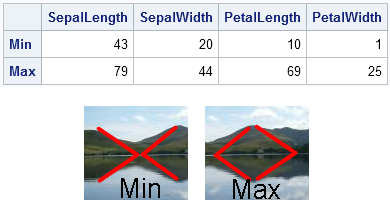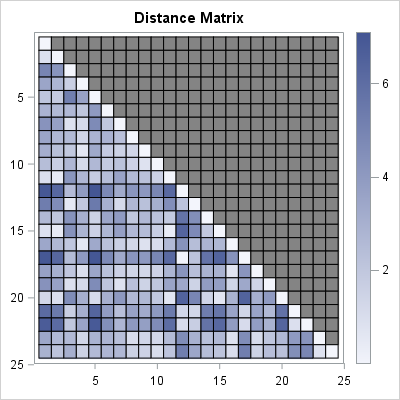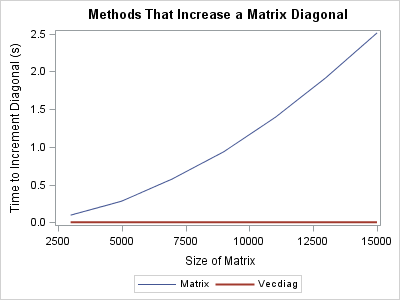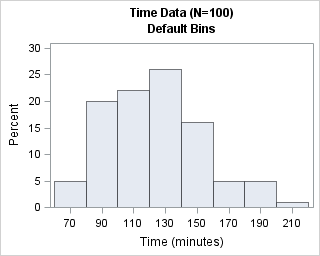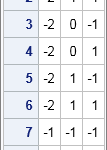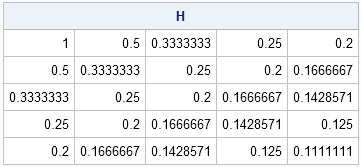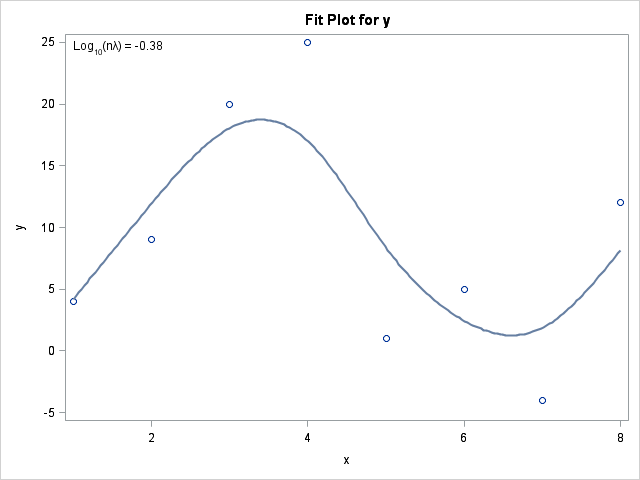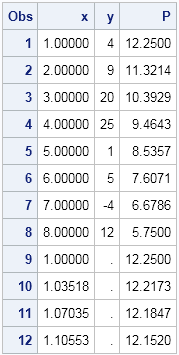
At the beginning of my book Statistical Programming with SAS/IML Software I give the following programming tip (p. 25): Do not confuse an empty matrix with a matrix that contains missing values or with a zero matrix. An empty matrix has no rows and no columns. A matrix that contains





